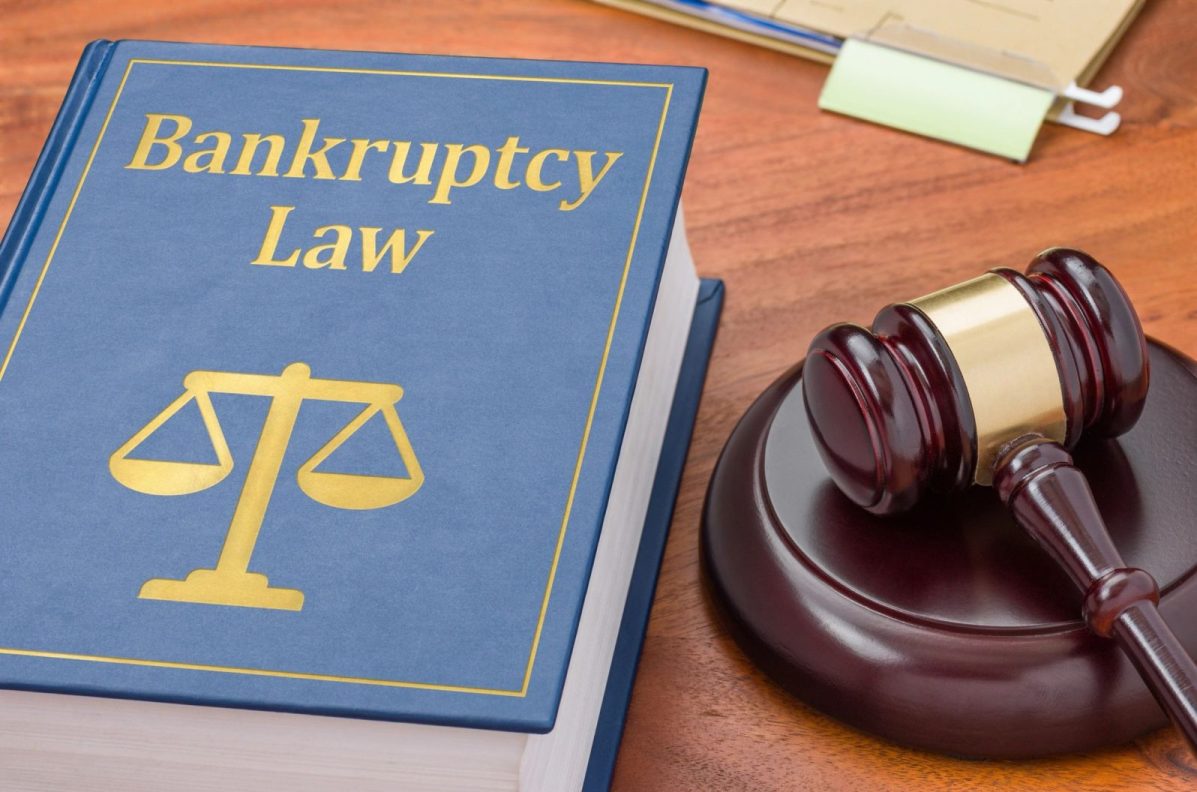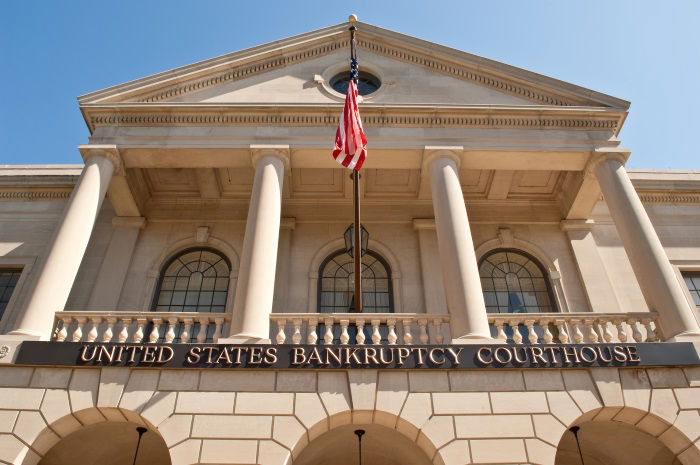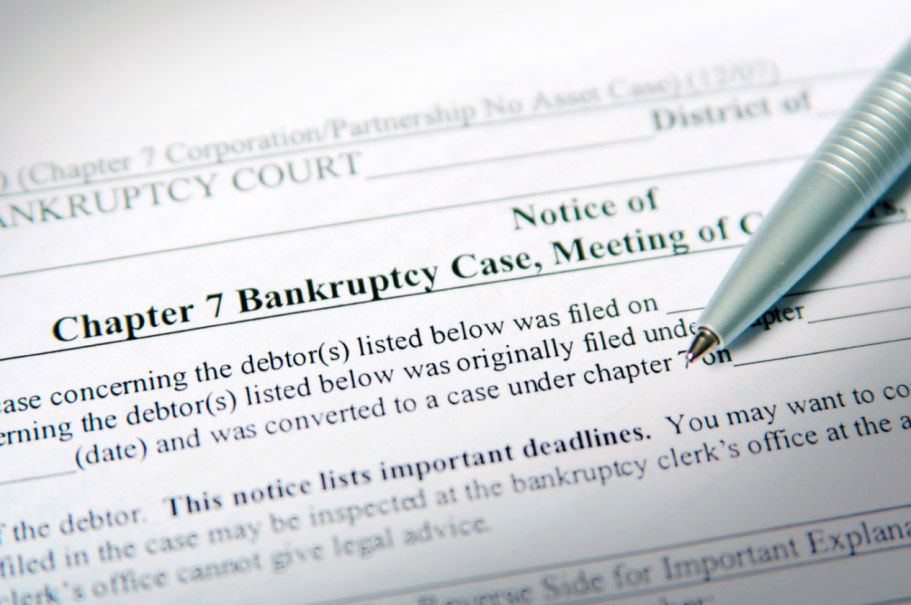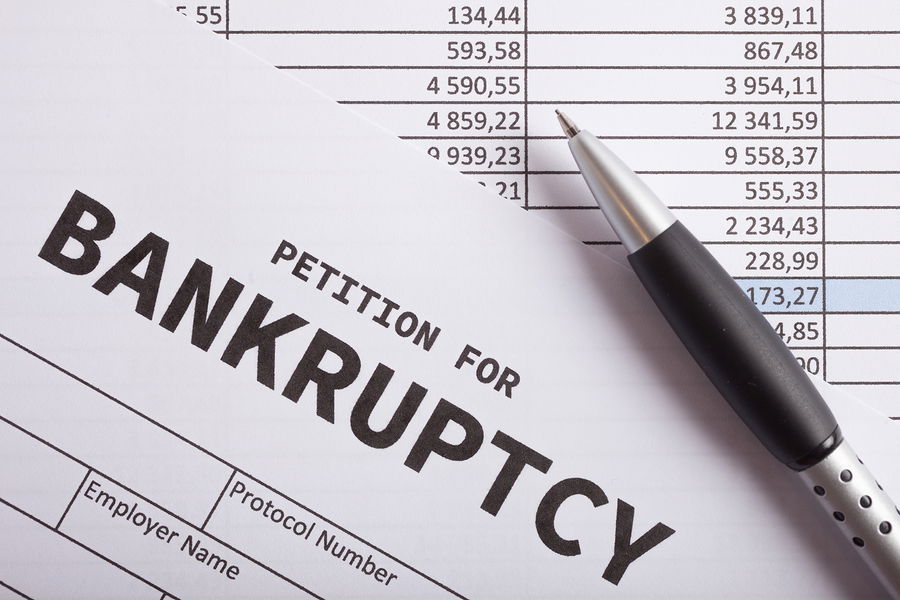Filing for bankruptcy is a popular way to discharge overwhelming debt and start over financially. But just because you file for bankruptcy doesn’t mean that your responsibility for every single type of debt suddenly disappears.

Only certain types of debt qualify for discharge. Perhaps the biggest factor is the type of personal bankruptcy you choose, Chapter 7 or Chapter 13. Continue reading to find out exactly which debts qualify for each type of bankruptcy. We’ll also show you how to determine which route is best for you and your financial situation.
Overview of Debts Dischargeable Through Bankruptcy
Almost any legal debt qualifies for bankruptcy, as long as you can prove your overall financial situation makes it almost impossible for you to repay them.
Financial profiles can include any combination of consumer and non-consumer debts. A bankruptcy can result from unsuccessful investments, bad business decisions, illness, loss of employment, natural disasters, or economic downturn.
Whatever the reason, it’s your overall financial status that will determine if you qualify, not the particular debts themselves. Nevertheless, there are several categories of debts, and which type you have can affect your eligibility for debt relief.
Additionally, certain debts can’t be discharged under Chapter 7, though they can be for Chapter 13. Understanding the debt vocabulary and the different categories of debts surrounding bankruptcy will help you understand the process better. It will allow you to make a smart and informed decision about your financial future.
Identifying Different Types of Debt
The two main types to be aware of are secured debt and unsecured debt.
Secured Debt
Secured debt refers to debt that has collateral, or a physical asset behind it, including homes and cars.
These debts are secured by the value of the object being paid for, which provides security for the debt. If you default on the loan, the creditor can foreclose on your home or repossess your car to regain the amount that was lent.
Unsecured Debt
Unsecured debt is related to purely monetary loans or to debts that do not have physical collateral. This includes unsecured credit card debt and any type of cash advance or loan for a service or item that isn’t an asset.
Included in unsecured debt are medical bills, legal judgments, and credit accounts in collections. Student loan debt can also be unsecured, but often they are “guaranteed” by the government and have special rules that apply to them.
Consumer vs. Non-Consumer Debt
Another common distinction made between types of debt are consumer versus non-consumer. While this language is frequently used to discuss debts, it can be a little vague.
Generally speaking, consumer debt refers to unsecured loans and outstanding bills for things bought with disposable income. On the other hand, non-consumer debt would be debt related to the essential things like taxes, education, and housing. If you’re unsure which is which, a bankruptcy lawyer can help.
Installment Debt vs. Revolving Debt
The third debt distinction is between installment debt and revolving debt. Installment debt refers to any loan where you make regular, fixed payments on.
Revolving debt concerns debt that fluctuates, such as credit card debt, payday loans, and home equity lines of credit. Rather than having a set amount that you pay for a predetermined period of time, your monthly amount changes based on how much of your credit you’ve used.
Which debts qualify for a Chapter 7 discharge?
Chapter 7 quickly discharges most of your debts (though not all of them). However, there are several qualifications you must personally meet to file for this type of bankruptcy.
Most importantly, you must pass a “means test“. You can’t earn over a certain amount of money, which varies depending on the state you live in and how large your family is.
You also can’t have enough disposable income to cover at least part of your monthly debt payments for five years. A Chapter 7 bankruptcy is designed for people facing financial hardships. If you do end up qualifying, there are some restrictions on which of your debts may be discharged.
The debts that qualify for Chapter 7 bankruptcy discharge are mostly consumer and unsecured debts, with various notable exceptions. Debts that are not discharged include most secured and non-consumer debts such as your house, car, and real estate.
What debts cannot be eliminated in bankruptcy?
Other debts that are not discharged include debts for certain taxes, federal student loans, tax debts from the last four years, alimony, and child support. Criminal debts such as debts for death or personal injury caused by a D.U.I. are also not discharged under a Chapter 7 bankruptcy.
- Most student loans: Student loan debt is generally not dischargeable in bankruptcy, meaning you’ll still be responsible for paying them back even after filing for bankruptcy.
- Recent taxes: If you owe taxes to the IRS, those are typically not dischargeable in bankruptcy.
- Child support and alimony: Debts for child support or alimony, or other family obligations, usually cannot be discharged in bankruptcy.
- Criminal fines and restitution: If you owe money due to criminal fines, restitution or other criminal penalties, those debts cannot be discharged in bankruptcy.
- Debts not listed in your bankruptcy filing: Debts you fail to list in your bankruptcy filing cannot be discharged, so it’s important to make sure you include all of your debts.
Which debts are eligible for a chapter 13 discharge?
Filing for Chapter 13 bankruptcy entails undergoing a payment period that lasts between three and five years. Depending on your income and other financial obligations, you put your remaining discretionary income towards your outstanding debt.
The payments are then distributed by the bankruptcy trustee to the qualifying creditors. At the end of the payment period, those debts are considered settled. However, you typically can’t take on any additional debt, and you must live on a fixed budget.
So, what types of debts qualify? First, your unsecured debts must not exceed $394,725 and your secured debts may not exceed $1,184,200.
Qualifying debts include general unsecured claims, such as credit card debt, personal loans, medical bills, or overdue utilities. You’ll only end up paying a percentage of what you owe these types of creditors. The exact amount depends on how much you owe and how much you earn.
There are certain debts that you must pay in full, even when you file for Chapter 13 bankruptcy. Unsecured priority claims must be paid in full. These include debts such as income tax debts, overdue child or spousal support, and any relevant legal fees.
Secured debts such as a mortgage or car loan don’t have to be paid in full during your repayment plan period. However, you do have to keep up with your monthly payments.
If you are behind on your mortgage and facing foreclosure, you can use the repayment period to catch up on your payments and save your house. If you don’t continue making payments, however, you still run the risk of losing your home through foreclosure.
How to Determine If Your Debts Are Eligible for Bankruptcy Discharge
An interview with a bankruptcy attorney is also very useful. Researching the process is a good way to get started exploring debt discharges. But, it’s always wise to ask a professional to look at your personal financial situation to find out what you actually qualify for.
Take advantage of your own knowledge plus advice from the experts to make an informed decision about filing bankruptcy.




